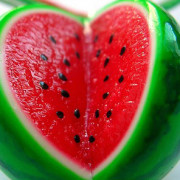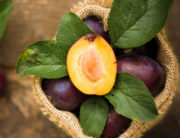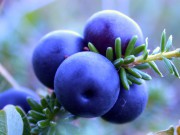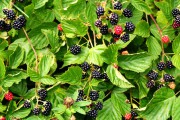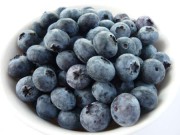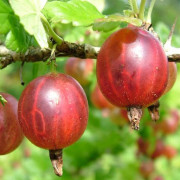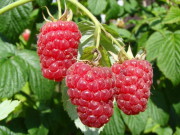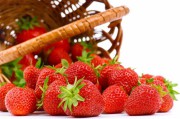Watermelon plant: description, properties, health benefits and harm. What type of watermelon is it, a berry or a fruit?
Watermelon belongs to the pumpkin family. This is a melon crop. The fruit of a watermelon is called a berry, although it is a juicy pumpkin. The birthplace of watermelons is Africa. They were brought to Russia by the Tatars. This crop began to be grown in the lower Volga, and then in other areas (Krasnodar Territory, Volga region). Now breeders have also developed varieties for the Moscow region.
Everyone loves the fruits of watermelons, with their sweet and juicy pulp. This is a wonderful dessert; jam is made from watermelon (rinds), watermelon honey, candied fruits, molasses and fruit juice are made. Salted watermelons are very tasty; unripe fruits are often salted.
Content
Is watermelon a berry, a fruit or a vegetable?

According to modern ideas, the fruits of watermelon are called pumpkin. In a school biology course, the fruits “berry”, “pumpkin” and “hesperidium” are combined under one term “berry” for simplicity.
The problems of classification do not end there; the botanical and culinary concepts of the terms “fruits” and “vegetables” differ. Chefs call any edible juicy fruit a fruit, and a vegetable any edible part of a herbaceous plant. To put it even more simply, everything that goes into dessert is a fruit, but what goes into a salad is already a vegetable.
In biology, a fruit is any fruit that contains seeds (even nuts and beans). A vegetable is any edible part of a herbaceous plant.
Thus:
1) the fruit of watermelon is pumpkin (NOT a berry).
2) from a culinary point of view, the watermelon fruit is a fruit.
3) from a botanical point of view, the watermelon fruit is a vegetable.
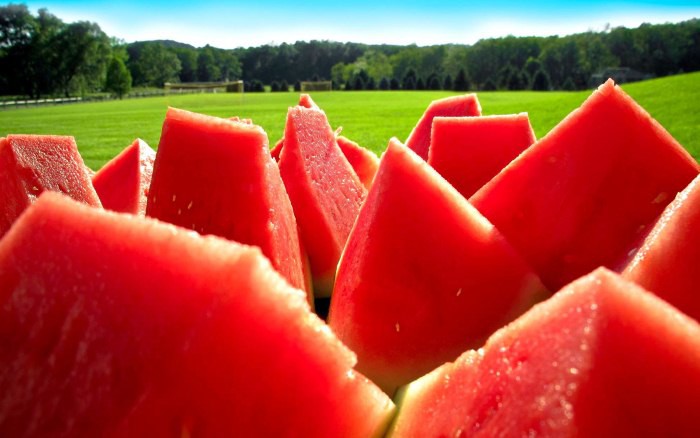
Properties and composition of watermelons
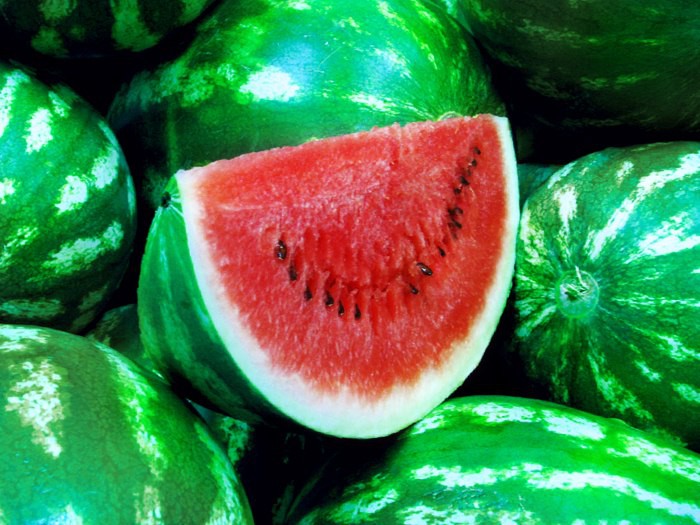
The fruits of this plant contain:
— Sugars (glucose, fructose, sucrose)
— Pectins
— Squirrels
— Microelements (calcium, magnesium, potassium, sodium, iron, phosphorus)
— Vitamins (niacin, thiamine, riboflavin, ascorbic and folic acids)
– Fatty oil (in seeds)
Calorie content of watermelons is 27 kcal. It contains: proteins - 0.6 g, fats - 0.1 g, carbohydrates - 5.8 g
The benefits of watermelons.
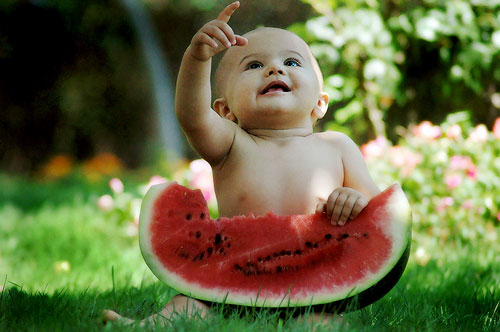
Watermelon pulp contains a large percentage of folic acid, it promotes hematopoiesis and maintains the balance of chemical processes occurring in the human body. The pulp of this fruit has choleretic and diuretic properties. Watermelons are recommended for gout, arthritis, and atherosclerosis. For high acidity, nutritionists prescribe black bread with watermelons.
Watermelons are useful for diseases of the liver, gall bladder, heart disease, anemia, Botkin's disease, obesity and nosebleeds. If you eat watermelons often, it will help cleanse your kidneys and even remove small stones and sand from them. If you are obese or overweight, you can do a fasting diet (eat 3 kg of watermelons per day). Tea made from watermelon rinds (dry or fresh) is beneficial. It rejuvenates, makes the skin elastic, and gives a good complexion. Cosmetic masks are made from watermelon rinds, and an emulsion from its seeds removes acne and freckles.
Harm of watermelons.
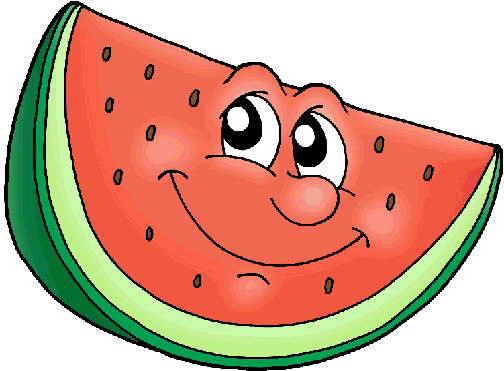
Eating watermelons is not recommended for colitis, diabetes, diarrhea and dropsy. It is better to eat watermelons between meals, otherwise they cause flatulence.
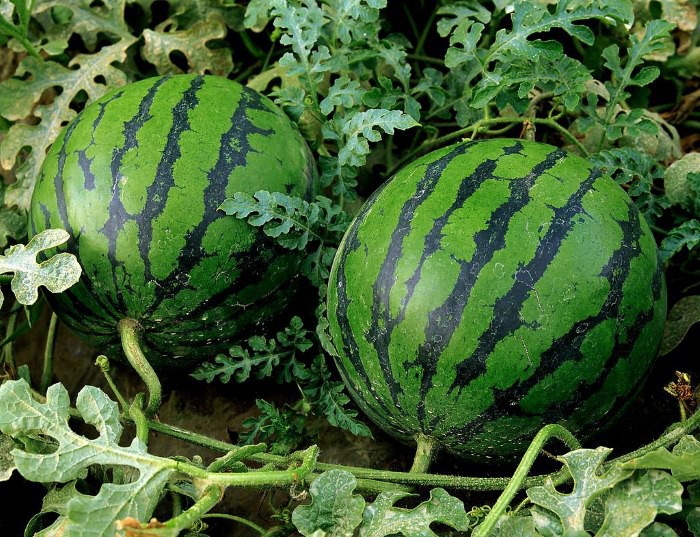
Many people prepare watermelons for the winter. They are salted, pickled, made into jams and candied fruits. And of course they eat it fresh in the summer.Watermelon season is the time for a great delicacy for lovers of this culture. And besides, this is also a time for the prevention of many diseases and saturation of the body with vitamins and minerals contained in these beautiful fruits.
More photos of watermelons:


Photo: Love and watermelons.




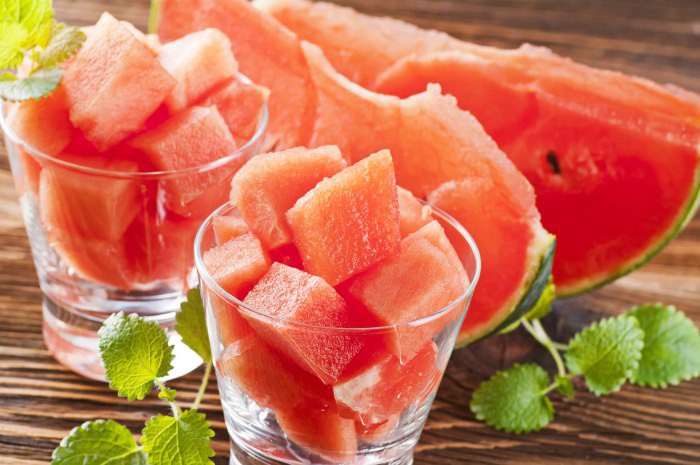
Photo: Watermelon slices.


